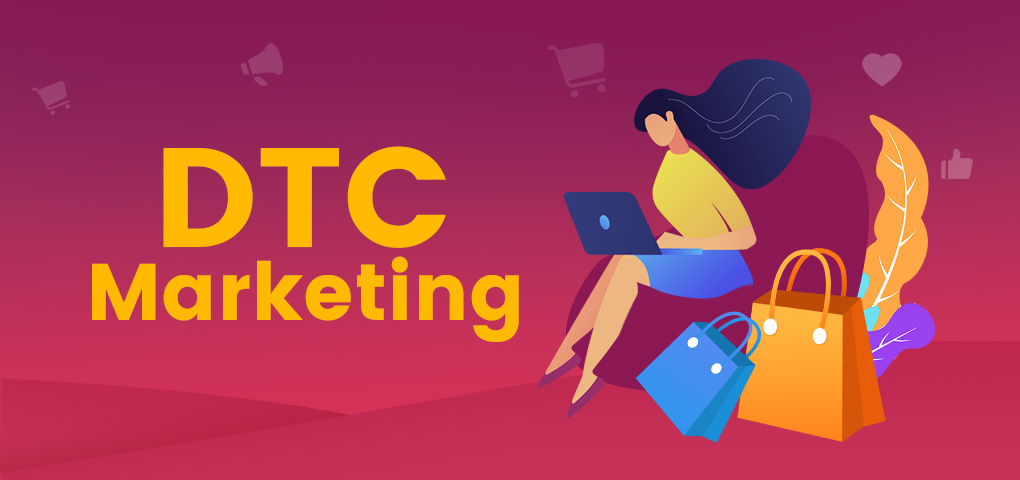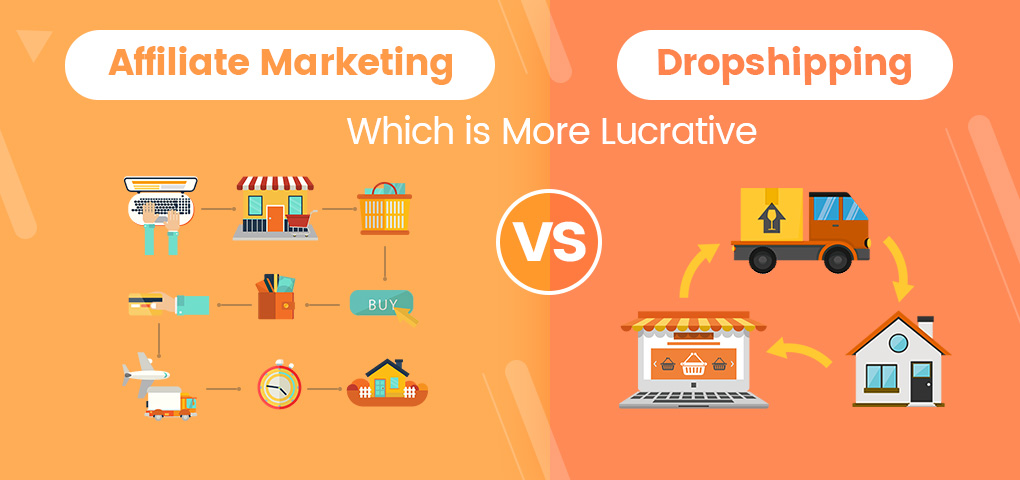Technology has shaped the way customers shop. As consumers are increasingly switching to online stores to shop, the demand for deeper customer relationships is increasing. As this evolution continues, direct to consumer (DTC) marketing continues to gain preference among brands and companies. So, what exactly is DTC eCommerce? Why are more brands implementing DTC strategies? In this post, you can learn what is direct to consumer marketing is and how successful brands are embracing it.
As direct to consumer businesses are rising daily, traditional retailers are already embracing the change. Though retail marketing, dropshipping, affiliate marketing are still alive and in practice; however, direct to consumer brands have numerous unique benefits including; providing the opportunity to relate better with their audience, brands have more control over prices since they now have to sell directly to the end customer, skipping the wholesalers, retailers, and suppliers. Before we continue, let’s start by explaining what does direct to consumer means.
What Is DTC?
DTC direct to consumer is a new business model whereby brands or manufacturers sell their products directly to their customers without the involvement of third-party wholesalers or retailers. This sales channel strategy eliminates the hassle of traditional distribution (via wholesalers or retailers). Brands and manufacturers no longer produce their goods and depend on a distribution network to sell for them. Instead, they sell their goods directly to consumers.
The implication of this emerging business model is that companies will have to engage in advertising and marketing just to entice customers to buy directly from them – something that would have been handled by a distribution network. Secondly, they will also now need to start handling shipping and logistics. As a result, DTC will require a more proactive approach to outreach. For instance, direct to customer brands will now have massive social media following and huge targeted leads to boost their marketing efforts. On the good side, direct to customer brands will have control over not just the price but customer relationships.
Tips to Create Value With DTC
At its core, direct to consumer strategies incorporate all the ways that a brand markets its products or services directly to its customers, instead of going through an intermediary retail business. This business model is adopted by top brands including Warby Parker; this brand advertises its own products directly to consumers. Every DTC brand can reach out to its audience in several ways depending on the industry. While one DTC strategy might not be effective for different brands, some mix of strategies can work for different brands. Your job is to try the one that best suits the audience. Here are some helpful DTC strategies that brands can use to reach customers directly and maximize sales.
1. Social media marketing
Brands with huge social media followings will benefit from DTC eCommerce. With a huge follower base, brands can relate with their customers without the involvement of a third party. On social media, brands can consistently post unique, valuable, and engaging content that will interest the customers. With this, interaction can be triggered via direct messaging via social media. Brands like Homes and Gardens even run a social media contest for their users to generate more engagement. With social media, brands can better relate to their customers and pitch sales at any time.
2. Brand personality
To foster DTC eCommerce, brands have to invest in their personality. Start by creating a recognizable brand logo and high-quality visuals that will make your brand stick in their heads and think of you when next they need one of your products.
3. Custom products
Customer preferences are increasing daily. Today, customers are looking for personalized items more than ready-made ones. Some direct-to-customer brands use surveys to get ideas on what the customers would like to see in their store. After collating the result, they create prototypes of these items for pre-orders. This way, they are giving customers more control over what they want to buy, and in turn, they get improved audience engagement.
4. Influencer marketing
Direct to customer brands leverage influencers with an existing reputation to endorse the products. Successful brands ensure that their customers match up with the audience of the influencer marketer. Basically, age, location, and gender are terms to consider.
5. Personalized emails
Email marketing is a powerful DTC strategy and one of the best ways to generate more sales. Brands like Kerrits use email automation tools to send messages including welcome emails, newsletters, follow-ups, cart abandonment for engaging and re-engaging their audience. In turn, they generate 50% more revenue/email compared to their previous figures.
6. Social activism
Discounts and coupons are great but social activism is another powerful tool for engaging their customers. For example, Warby Parker donates one pair of glasses to someone in need for every order they receive. This way, customers feel they are doing something valuable i.e. helping another life by just making a purchase.
Does DTC Generate Value for Gold Seekers?
Customers are buying more items online and this is a huge opportunity for brands to apply the DTC strategy. Looking at Chanel’s website, you will find more makeup options than when you visit other retail stores. Brands are leveraging direct to customer model because it helps them better control their profitability. By controlling the entire sales process, from manufacturing to shipping & delivery, a business can offer more competitive pricing and increase profits. They also get to better relate with their customers and provide personalized services that will foster impeccable customer experience.
Meanwhile on the downside, implementing a direct-to-customer strategy means that the brand or manufacturer will have to take cater to every aspect of retailing. However, technology and automation can take care of this issue. In summary, applying the DTC strategy is proven to:
- increase in customer loyalty
- increase customer retention rates
- reduce cart abandonments
- give several options for new customers to choose from just like in a traditional retail store
What Are the Differences Between DTC and Wholesaler?
The difference between DTC and wholesalers is obvious. In traditional, manufacturers sell their product to wholesalers who then distribute to retail stores.
The chain goes from the manufacturers -> wholesalers à> retailers à>> final consumers.
The wholesalers work closely with retailers to get the estimated amount of products in demand, and the customer gets his experience from how the retailer attends to them. Customer experience in this business model isn’t tailored to suit each product – each retailer offers the same experience to different customers at the same time.
The direct to consumer model eliminates the functions of both the manufacturer and the retailer. They connect directly to the customer.
The chain goes from the manufacturers -> final consumers.
In this business model, the manufacturer or brand ensures top-quality customer experience by eliminating the need for a middleman.
Conclusion
DTC direct to consumer business model has been adopted by a lot of brands because of the enormous benefits it presents. Only time will tell if this sales channel strategy is here to stay. In the meantime, if you own an online store and are looking for quality products from different categories to promote on your online store, you can visit https://www.saleyee.com. The SaleYee platform offers over 30, 000 profitable SKUs with huge profit margins. Anyone can get started for free; give it a trial today.







